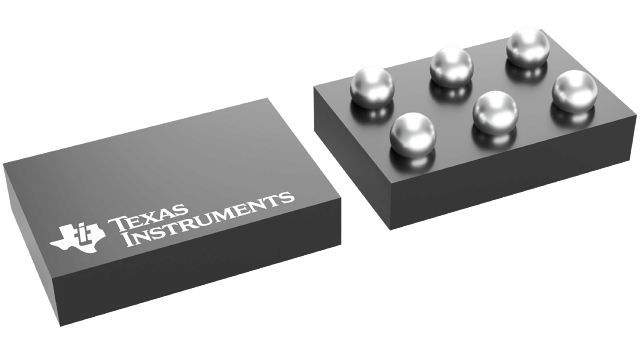Texas Instruments
INA191A2IYFDR
INA191A2IYFDR
Couldn't load pickup availability
INA191A2IYFDR Texas Instruments - Yeehing Electronics
40V, ultra-precise current sense amplifier with ENABLE and picoamp IB in WCSP
Pricing (USD)
| Quantity | Unit Price |
| 1 — 99 | 2.33 |
| 100 — 249 | 1.924 |
| 250 — 999 | 1.382 |
| 1,000 + | 0.83 |
The above prices are for reference only.
Specifications
| Manufacturer | Texas Instruments |
| Product Category | Current Sense Amplifiers |
| RoHS | Y |
| Series | INA191 |
| Number of Channels | 1 Channel |
| GBP - Gain Bandwidth Product | 37 kHz |
| Vcm - Common Mode Voltage | 40 V |
| CMRR - Common Mode Rejection Ratio | 132 dB |
| Ib - Input Bias Current | 3 nA |
| Vos - Input Offset Voltage | 12 uV |
| Supply Voltage - Max | 5.5 V |
| Supply Voltage - Min | 1.7 V |
| Minimum Operating Temperature | - 40 C |
| Maximum Operating Temperature | + 125 C |
| Mounting Style | SMD/SMT |
| Package / Case | DSBGA-6 |
| Packaging | Reel |
| Product | Current Sense Amplifiers |
| Brand | Texas Instruments |
| Shutdown | No Shutdown |
| Gain Error | - 0.04 % |
| Gain V/V | 50 V/V |
| Ios - Input Offset Current | 0.07 nA |
| Product Type | Current Sense Amplifiers |
| Settling Time | 30 us |
| SR - Slew Rate | 0.3 V/us |
| Factory Pack Quantity | 3000 |
| Subcategory | Amplifier ICs |
For more information, please refer to datasheet
Documents
| INA191A2IYFDR Datasheet |
More Information
The INAx191 is a low-power, voltage-output, current-shunt monitor (also called a current-sense amplifier) that is commonly used for overcurrent protection, precision-current measurement for system optimization, or in closed-loop feedback circuits. This device can sense drops across shunts at common-mode voltages from –0.2 V to +40 V, independent of the supply voltage. The low input bias current of the INAx191 permits the use of larger current-sense resistors, and thus provides accurate current measurements in the µA range. Five fixed gains are available: 25 V/V, 50 V/V, 100 V/V, 200 V/V, or 500 V/V. The low offset voltage of the zero-drift architecture extends the dynamic range of the current measurement, and allows for smaller sense resistors with lower power loss while still providing accurate current measurements.

